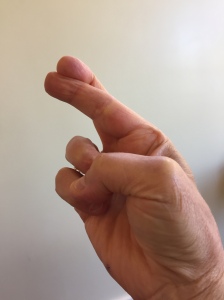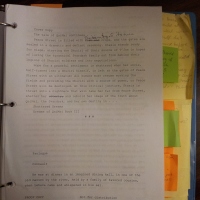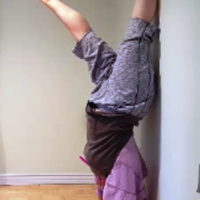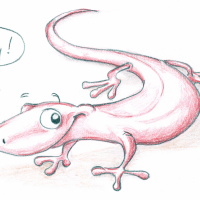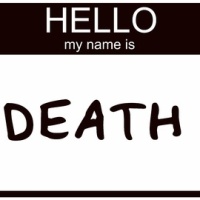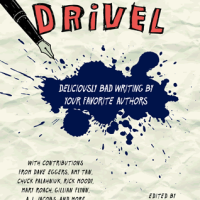
Image credit: “Cornfield” by Jean Beaufort.
Hello from the Dogpatch!
We’re having a wedding! A very bad wedding. In a cornfield. Please come!
Today we looked at a scene from Jilanne Hoffmann that dramatizes the aftermath of a dubious wedding. No one in the wedding party is really good. No one is really bad. They’re middle-of-the-road awful, and we loved it. Here’s an excerpt, and our discussion of the scene follows:
Desiree held on to her permanent smile, the one that showed off the teeth her mother loved. Teeth that her mother took every opportunity to say made a great advertisement for orthodontia.
Aunt Bella smiled back at Desiree from her wheelchair.
“I never thought I’d live to see the day,” she said, as Desiree bent over to give her a kiss on the cheek.
“Perfect!” the photographer said. “Now at me.”
Desiree and Aunt Bella smiled at the photographer.
Desiree’s lips stuck to her teeth. She’d forgotten the vaseline trick.
“I’m so proud of you,” said Aunt Bella. “You’ve landed yourself quite a fella.”
Desiree gave the old lady’s hand a squeeze.
“Just had a nice talk with his people. Decent farm people, even though he’s no farmer. Never dreamed you’d latch on to a man in blue.”
“Funny how things happen,” was all Desiree could think to say.
“Best wishes to you both,” said Aunt Bella.
Desiree kissed her aunt’s cheek again, then her father grabbed her arm.
“A couple by the barn before the light goes,” he said to the photographer.
Desiree held on to her smile and nodded as her father swept her through the throng of guests and down the path to the barn. The photographer followed in their wake as wedding guests balanced paper plates piled with ham and potato salad and raised their glasses in salute.
Desiree knew that some were eyeing her belly, trying to judge its flatness through the layers of tulle. The cousins’ whisper network had made it through to her parents. Hers was the last of four cousin weddings that summer, but the others had been engaged much longer. She hadn’t thought about that, like she hadn’t thought much about saying “yes.” It was as much a relief as a thrill to get the chance to say “yes.” Who knew it would happen so soon?
 Hi, Jil!
Hi, Jil!
As I’ve said numerous times, amidst all else you are writing, I’m delighted that you have resumed work on the ‘Bobbie Story.’ This chapter prompted so much reflection and discussion! It’s a really great chapter to think about, both in terms of the wedding day scene and what that scene bodes for the larger story arc. First off, there’s a wonderful movie element to the opening, where the new bride Desiree only gets a minute to hide in the bathroom before Mom swoops in and fills the small space with her chattering—and, to me, the content of what Mom says seems to come from a confused space of love and dismay. We get the sense that she wants things to be perfect for her daughter, but she also perhaps hasn’t let go of some infant version of her daughter, and she also maybe hasn’t let go of her own girlhood, so we get this mix of critiquing and complimenting and fixing and hope mixed in with what seems to be years of reinforced behavior reflected in Desiree’s combined passivity and desire to escape her mother’s voice. In the midst of this, Mom totally nails the problem: Desire is going to regret her choice. But in this opening, because Mom is being Mom, we might tend to assume she is wrong, and it’s ironically delightful when we realize that beneath all of her “stuff,” Mom’s maternal instinct was actually firing in a right direction.
In this opening, we might be missing the briefest of establishing shots. I agree with the choice to start in the aftermath of the wedding, but we open with Desiree practicing her smile, as if she’s already emotionally super-tense. What we might miss is that brief moment of quiet relief she feels upon escaping to the bathroom before it’s time to practice her smile. Practicing a smile could be a fun activity of trying to prepare to put on the perfect bride show, but here we quickly learn she’s not having fun on her own wedding day. Which leads to the question of whether we are told much more than we are shown in the opening moments of the story. Deciding whether to scale back how thinky Desiree is in the first part of the chapter might be an issue of looking much later in the scene, at the moment out by the corn field where Desiree recognizes the intentional stance of Jerod’s friends. While reading, I wondered if at that moment, the chapter would pivot and we would suddenly reinterpret everything we’ve just seen. In other words, if we’re told a little less about how to interpret the first part of the chapter, and we just see stuff happening, we could have the fun of reading it knowing something was a little off-kilter but not fully realizing what or why until we come around the corner of the barn and see what confronts Desiree.
We’re told the setting is a farm amidst cornfields, so we might assume the Midwest. I really wanted to see that farm and the farmhouse in vivid detail. What does a wedding at this farm look like? Do we see hay bales decorated with ribbons and flowers? Is this a wealthy farm with a big, fancy house and a fresh-painted barn or a more modest working farm with lots of activity occurring in the background of the wedding. And where are the cows? Mom makes that awesomely horrible reference to buying the cow, and I, your reader, plead to then at least see one cow on the farm or some off in the fields or at least here them moving around inside the barn while Desiree and her dad are getting photographed.
Dad calling Desiree “Peaches” stuck out to me in the same slightly irritating way as when some people call girls or women “Princess” and reinforce some categorizing element that manages to be equally loving and demeaning in a way we can’t quite articulate. In other words, Dad doesn’t seem to see Desiree as a grown-up, even though he’s just handed her off to the groom. He seems to love his Peaches, but his attitude toward her is reinforced when he presents Jerod with the car title and Desiree’s name isn’t even on it. So, Dad’s a character of his era, or at least definitely not ahead of his era. To call this the wedding from hell would be a huge understatement. It’s beyond cringe-worthy, as we follow Desiree from ungodly moment to moment. I wasn’t sure how to receive the combination of these awful moments on her “un”-special day. On one hand, the experiences create the mesmerizing effect akin to watching a train wreck, and we can’t seem to look away. On the other hand, the piling on of awful stuff could risk diluting the shock effect of the final scene with the groomsmen, because we, like Desiree, might be overwhelmed and somewhat numbed by sheer quantity of awfulness by the time we reach that closing scene.
I think that either option could work, meaning 1) piling on the horrible wedding-day moments until it reaches a fever-pitch in the cornfield or 2) revising so that the scene pivots from sort of okay/not okay to suddenly really horrible when we round the corner and see the groomsmen lined up to play their not-at-all-funny joke. In the meeting we talked about leaving the reader hanging on the set piece image of the groomsmen in the corn (I won’t say what they do because anyone who reads the story should get to see for themselves, but it’s a totally unexpected event). The cornfield setting makes us recall every scary movie we’ve seen about cornfields, and I loved that effect. I expected something ominous to happen, but I would never have guessed what it turned out to be. It’s a spectacular effect for the close of chapter one. I think you have the action line of the chapter fully worked out, and any revisions will be in deciding how much of Desiree’s interior to reveal during the front of the chapter. And, as I said in the meeting, I suggest waiting to deep revise chapter one until you have the rest of the manuscript fully drafted. It may get easier to quickly see what else you want to do with chapter one once you have the ending of the book firmly in place.
We went on to talk about whether to use multiple points of view and how much of Jerod’s character arc to include in the story. I thought Wes nailed it with the suggestion to give Jerod the challenge of “passing” as one of the group he’s in when his upbringing has imbued him with a slightly different set of values and way of behaving. Including his point of view will lend yet another layer of complexity to the story; the more I think about it, the more I like that tactic. I’m a massive fan of the 1970s-’80s era as a story setting. It was such a wacky and wonderful couple of decades! Desiree’s wardrobe alone is going to be interesting. On a deeper level, this story is about what it was like for this young woman to become a blushing bride in an era arguably less kind to women, and then to come into her own in spite of obstacles put in place by time and place and family upbringing and social expectations. It’s a fun and interesting look back, and what I really appreciate about your approach to the story is that you don’t cast Jerod as the simple bad guy. Instead, he’s a good and imperfect person. In Jerod, we also get to see how a young man navigates the era, also facing challenges of society’s expectations for men and marriage. I’m excited to read more of this story, hurry up and write!
XO Laurel Leigh
 Jil, This is the second version of the opening to your ‘Bobbie story’ that I’ve seen, and I find this the better of the two versions. For one, you introduce us to all the key players in this opening scene in the novel, a wedding scene — always a jackpot scenario for introducing a large number of characters all at once. And in this version you also manage to give a fuller portrait of each character, even though this opening is shorter than the first by a number of pages.
Jil, This is the second version of the opening to your ‘Bobbie story’ that I’ve seen, and I find this the better of the two versions. For one, you introduce us to all the key players in this opening scene in the novel, a wedding scene — always a jackpot scenario for introducing a large number of characters all at once. And in this version you also manage to give a fuller portrait of each character, even though this opening is shorter than the first by a number of pages.
Congrats on the concision!
The chapter opens with Desiree in the bathroom on her wedding day, practicing her smile. She might be prepping for the wedding photographer. Or, more tellingly, she might be practicing looking happy. It even seems like she might be hiding there in the bathroom; though it’s not clear from whom, or what, she’s hiding. It may just be she’s overwhelmed by all the hullaballoo, which is typical in about any large wedding. Any way you slice it, though, it doesn’t signal the best start to married life for our hero.
From this inauspicious start, Desiree must navigate the usual minefield presented to any bride on her wedding day: overanxious parents, meddling or gossiping relatives, drunken guests. We see Desiree trying her best to maintain her composure, but this will prove near impossible. For example, early on in the scene, Desiree’s mother, while fussing over her wedding dress, will wonder aloud if her daughter has made the right decision marrying Jerod. Now this might be a mother expressing normal concerns about her little girl shoving off from the nest. But this is usually the kind of thing a mother expresses earlier on, during the courtship, not on the wedding day.
To do so on the actual day itself seems rude in the extreme.
I get the sense that Desiree is young, perhaps only a year out of high school, possibly even less. Perhaps this is why her mother is expressing reservations. I think it might help a bit at this point in the narrative to know exactly how old Desiree is. An eighteen or nineteen year-old marrying a vice cop is a whole other kettle of fish from, say, a 26 year old woman marrying a cop. The offset in the balance of power in a relationship between an eighteen year-old girl and an older police officer who has already established himself in the Vice Department — nobody starts out in Vice — is something that should concern any mother.
As the scene progresses, we get many of the elements one would expect from a wedding scene. And I will say that having characters with names like Mort and Shep tells me a lot about what time and place in American culture we’re talking about here. That being said, I don’t get a real, specific sense where the action of the story is taking place, other than on a farm in the Midwest in the late 1970s. I feel like you might be rushing the wedding scene a bit.
If there’s one place you might linger a little bit to allow for plot or character development, it’s at a wedding (SEE ‘The Godfather,’ for one cinematic example). I would like to feel the farm setting more. I want to hear and smell and feel what the surroundings are like. You know, the usual: hay bales for dinner tables, the odor of cows in the barn, the sound of the wind in the cornstalks.
And while the wedding scene has changed quite a bit from the version I saw earlier, one thing, thankfully, that hasn’t changed is the groomsmen all firing their guns in unison to, as they say, ‘salute’ the bride. This is as strange and disturbing a scene as one could imagine for a wedding. Naturally, I love it.
Yet in this version, the groomsmen, all police officers (except for Shep — love that name — who is the bride’s brother), fire their handguns into the cornfield instead of into the ground. I’m not sure which is more disturbing, shooting into the ground or into the cornfield, but there is some real metaphorical weight to the notion of a cornfield, which provides sustenance and life, absorbing quietly this toxic display of male violence and destruction — much as the new bride, potential reservoir for the nurturing and growth of the family line, one day may find herself having passively to absorb such random cruelty and violence.
Then again, maybe I’m reading WAY too much into this authorial choice, but cornfields just lend themselves to metaphor.
If I have a problem with the piece, it is the same problem I had with the original version you showed us — namely, the main character, Desiree, who is marrying a vice cop in 1970s Midwestern America, is not (yet) at this early point in the narrative the most interesting character. Now, say, if Desiree were simply a narrator, commenting on the action that is taking place all around her, that would be fine. But it seems as though Desiree, if not the main character of the novel, is one of the two or three main characters.
One thing that might help on this front is if the reader had a sense of how the other characters see Desiree. Was she the ‘smart girl’ at school? Was she the one people always thought would be the ‘first to get out of town’ after high school? Also, is Desiree the only daughter in the family? Or is she the youngest child? Or the oldest?
I bring all these questions up because, at this point in the narrative, I’m not sure what to make of Desiree. I know it’s only one short chapter, but Desiree doesn’t really DO anything — things are only done to her. So a little more context for the character might help shape my reaction to the character as she’s presented on the page.
In the final analysis, I don’t think I’ve seen a wedding, or an impending marriage, which appeared calmer and more composed on the surface, yet held clues to all the myriad ways it soon could (possibly violently) come apart at the seams. You could cut the sense of foreboding with a knife.
Awesome job, Hoffmann!


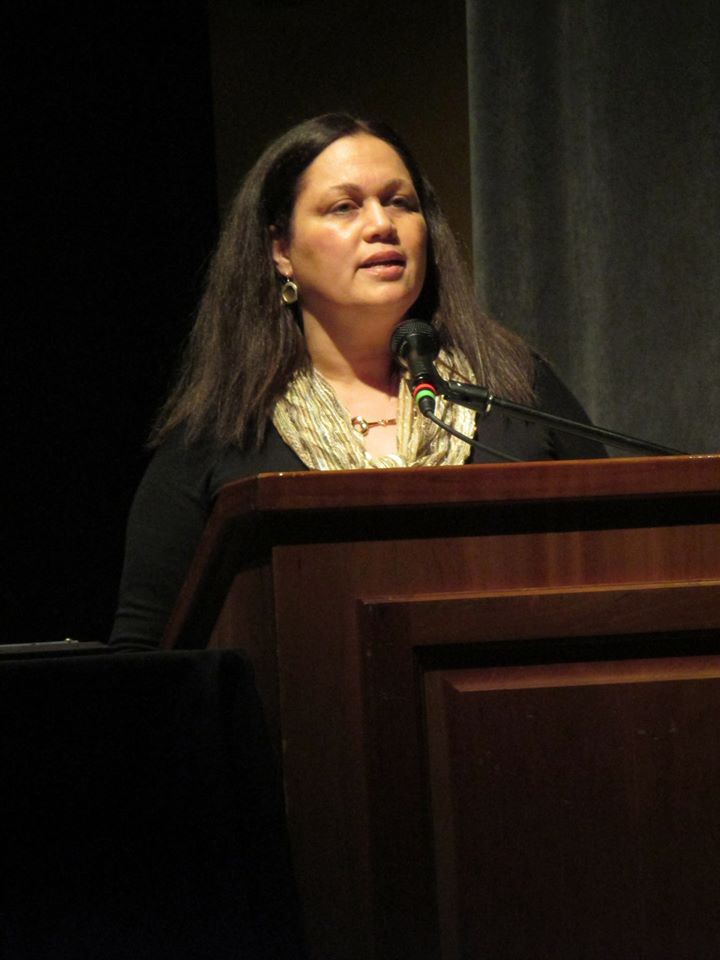

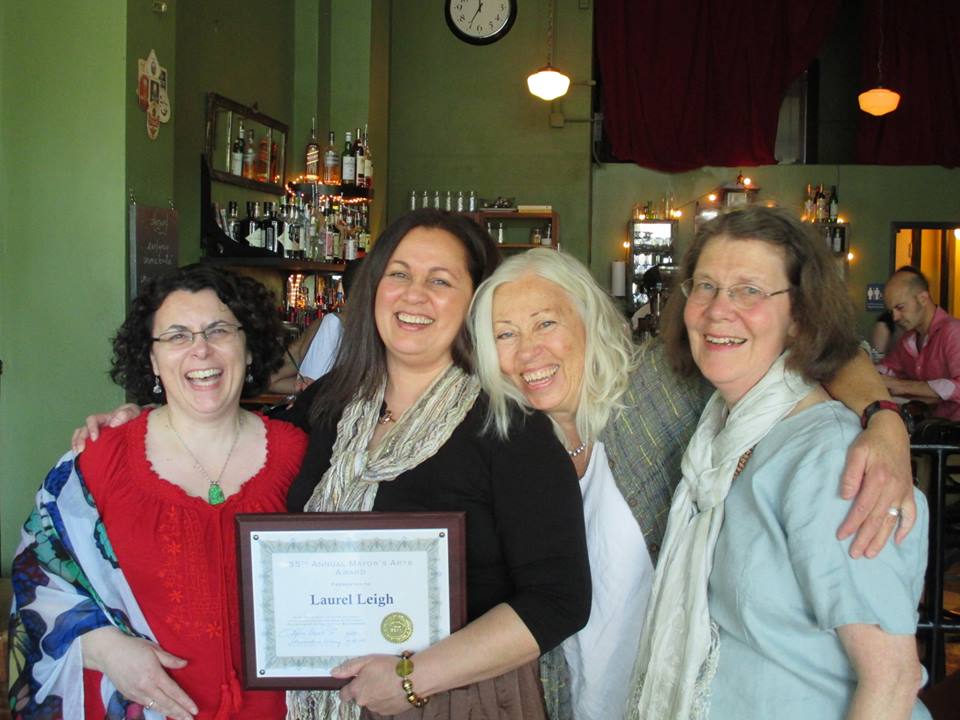






 Jil, This is the second version of the opening to your ‘Bobbie story’ that I’ve seen, and I find this the better of the two versions. For one, you introduce us to all the key players in this opening scene in the novel, a wedding scene — always a jackpot scenario for introducing a large number of characters all at once. And in this version you also manage to give a fuller portrait of each character, even though this opening is shorter than the first by a number of pages.
Jil, This is the second version of the opening to your ‘Bobbie story’ that I’ve seen, and I find this the better of the two versions. For one, you introduce us to all the key players in this opening scene in the novel, a wedding scene — always a jackpot scenario for introducing a large number of characters all at once. And in this version you also manage to give a fuller portrait of each character, even though this opening is shorter than the first by a number of pages.






